
Important: This article is for informational purposes only. Please read our full disclaimer for more details.
A woman’s body shape refers to the unique distribution of fat and muscle throughout her physique, playing a significant role in defining her silhouette. This individuality can be described through various classifications, each highlighting specific characteristics such as waist-to-hip ratios, shoulder width, and overall proportions. These descriptors, including hourglass, pear, apple, and more, offer a nuanced understanding of the diversity in women’s bodies, embracing and celebrating the wide array of natural shapes and sizes.
Different Types Of Women Body Shapes – What type is yours?
1. Hourglass
The hourglass shape features a well-defined waist, with the bust and hips being roughly the same width. It’s a classic, balanced figure that’s often considered the ideal silhouette.
2. Inverted Triangle
Inverted triangle bodies have broad shoulders and a narrower waist and hips. It gives off a sporty and V-shaped silhouette, often seen in swimmers or athletes.
3. Oval (Round)
Oval shapes are defined by a rounder midsection and a less pronounced waist. This shape may signify a fuller, curvier body type.
4. Rectangle
A rectangular shape has a more straight-up-and-down appearance, with little variation in waist size. This shape often conveys an athletic and lean physique.
5. Pear (Triangle)
A pear-shaped body has a narrower upper body and wider hips and thighs. This shape often embodies a feminine and curvaceous look, emphasizing the lower half.
6. Apple (Inverted Triangle)
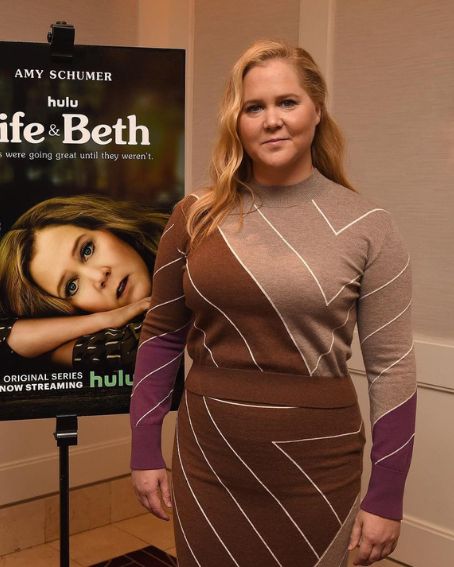
The apple shape has broader shoulders and a wider midsection compared to the hips. It’s known for its athletic look and may be characterized by toned arms and legs.
7. Diamond

Diamond-shaped bodies carry most of their weight around the midsection, making the waistline the widest part. This shape is often associated with a voluptuous and curvaceous look.
8. Lean (Athletic)
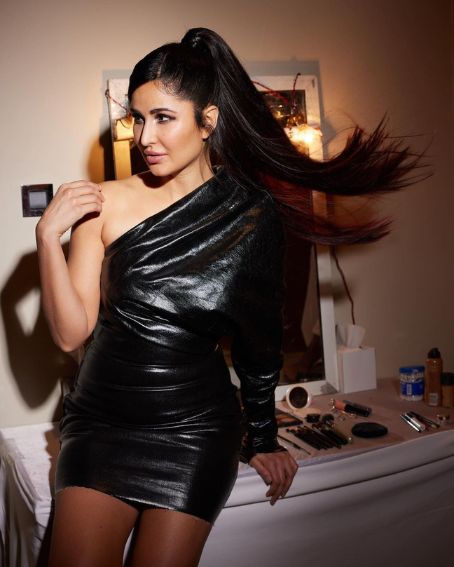
The lean or athletic body type is characterized by well-defined muscles, a low body fat percentage, and a balanced figure. It often reflects a fit and toned appearance.
9. Petite
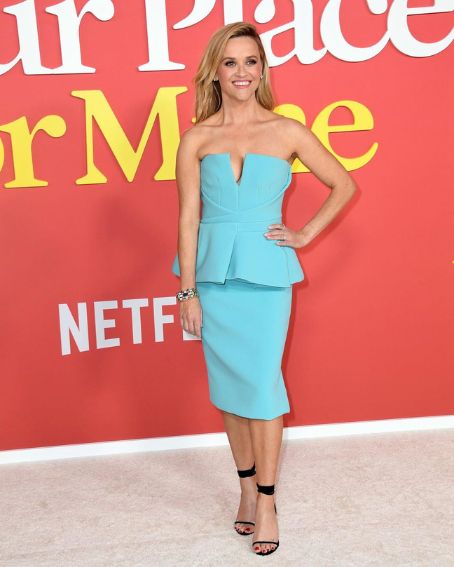
Petite women are generally shorter in stature, regardless of their body shape. This category acknowledges the importance of clothing tailored to a smaller frame.
10. Tall
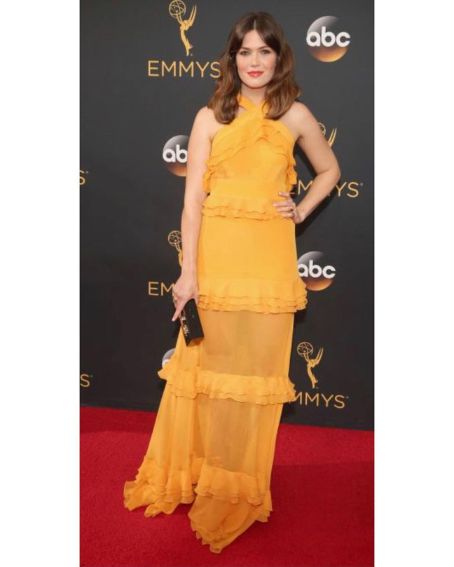
Tall women have above-average height and come in various body shapes. Finding clothing that compliments their height is key to enhancing their overall look.
11. Plus-Size
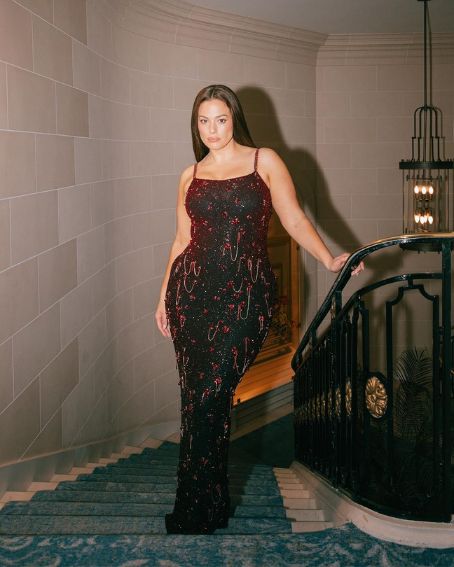
Plus-size women have fuller figures and can encompass a wide range of body shapes. Fashion for plus-size individuals focuses on stylish and comfortable options for all occasions.
A woman’s body shape is a highly individual aspect of her physical identity, determined by the distribution of fat and muscle in her body. The various classification methods, from hourglass to pear, provide a framework to appreciate the diversity and uniqueness of women’s figures. Ultimately, these descriptions empower women to embrace and celebrate their natural shapes and sizes, promoting body positivity and self-confidence.
Conclusion
A woman’s body shape is a highly individual aspect of her physical identity, determined by the distribution of fat and muscle in her body. The various classification methods, from hourglass to pear, provide a framework to appreciate the diversity and uniqueness of women’s figures. Ultimately, these descriptions empower women to embrace and celebrate their natural shapes and sizes, promoting body positivity and self-confidence.
Related Articles
- 15 Different Types Of Women’s Collars With Their Names
- 49 Trendy Knot Blouses For Women: Elevate Your Wardrobe Today
- 20 Stunning Pearl Work Blouse Designs For Women
- 25 Collar Neck Blouses: The Ultimate Guide to Choosing the Best Design for Your Body Type
- 20 Chote Baju Blouse Designs That Will Make You Look Like a Diva




















